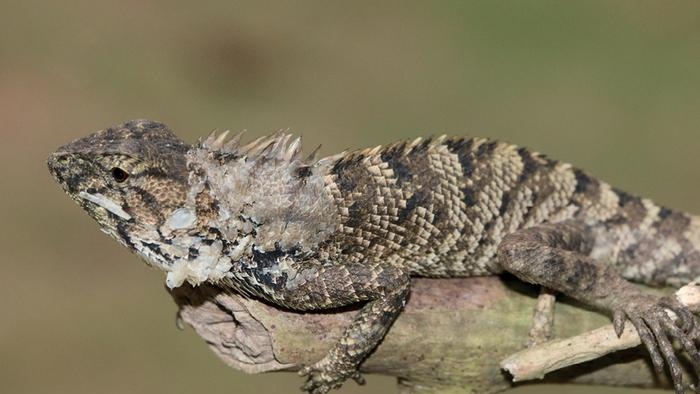Not long after presents are unwrapped and Canadians gather to celebrate the holiday season, a rare full moon will appear, shining the brightest on Boxing Day.
The special phenomenon is also called the full Cold Moon or Long Night Moon.
A Christmas full moon normally happens every 19 years or so, according to the Old Farmer’s Almanac, an almanac containing weather forecasts, astronomical data and more. It last occurred in 2015 and after this December, it is expected to next happen in 2034.
It will be the first full moon after the winter solstice, which happened on Dec. 21 in the Northern Hemisphere and is the first day of winter or the shortest day of the year.
It’s also the 13th and last full moon of the year, the Old Farmer’s Almanac notes online.
“To our eyes, the Moon’s disk will appear fully illuminated a couple of days before a full Moon, so start looking on December 24 and 25 towards the east after sunset as it peaks over the horizon,” The Old Farmer’s Almanac.
From Dec. 25 to 27, the full moon will rise near sunset and it will appear high and full on Christmas Day, according to The Old Farmer’s Almanac and NASA. The full moon is expected to be fully illuminated on Dec. 26 at 7:33 p.m. EST.
If you look eastward after sunset on Dec. 24 and 25, you will see the moon rise and its disk will appear fully illuminated before a full moon.
The Old Farmer’s Almanac has a Moon Rise Calculator that shows the exact time it will appear in your area.
The cold moon is expected to reach maximum light, for instance, in Toronto on Dec. 26, rising at 4:09 p.m. in the northeast and setting at 7:55 a.m. northwest. In Fredericton, it is expected to reach maximum light that day, rising at 4:04 p.m. in the northeast and setting at 8:13 a.m. northwest.
The December moon will look like it’s almost touching the top of the sky. During the winter solstice, it stays above the horizon longer than any moon, explaining why it is the longest night.
The December full moon is commonly called the Cold Moon, a Mohawk name referring to the freezing conditions of the season.
The Long Night Moon, its other name, is a Mohican term, referring to the moon rising during the “longest” nights of the year.
Native American peoples traditionally used monthly moons and signs from nature as a calendar to track the seasons, The Old Farmer’s Almanac says.
Meanwhile, Europeans call it the Moon before Yule, referring to an old northern European winter festival connected with Christmas, NASA notes.




